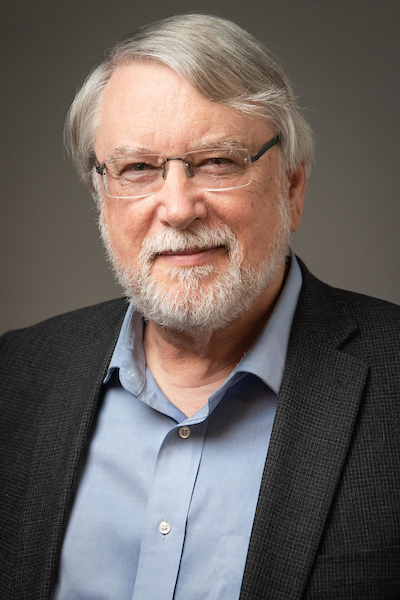David R. Nelson, PhD

Professor
858 Madison Ave.
101 C Molecular Science Building
Memphis, TN 38163
dnelson@uthsc.edu
Phone: 901.448.8303
Fax: 901.448.7360
Education
- BS Chemistry and Biology, University of Washington 1977
- BS Numerical Analysis, University of Washington 1977
- PhD Dept. of Biochemistry, University of Texas Health Science Center, San Antonio 1985
Research Interests
My research centers on the Cytochrome P450 superfamily. This involves bioinformatic methods to find, assemble and name all P450 (CYP) genes in public and project specific databases. I cover P450s in all phyla in the tree of life. The CYP nomenclature is based on the evolutionary relationships of the sequences, so naming the genes is essentially studying the evolution of a highly diverse gene family. The P450 diversity of any taxon can be sampled by analyzing the sequences and defining families for the P450s. Once sampling is deep enough no new families can be found. This state of saturation has been reached for vertebrates and flowering plants. To date I have named over 80,000 cytochrome P450 sequences. My goal is to reach saturation of the diversity curves for all taxa on the tree of life, essentially to define all P450 families on earth. The plant work was part of a 1000 plant transcriptome project that was published in Nature Oct. 31, 2019. This paper follows the evolution of green plants from algae to flowering plants at depths never before possible. The vertebrate work is supported by a subaward from the NIH to the HGNC (HUGO Gene Nomenclature Committee) at the EBI in Hinxton Hall UK. This group has been naming human genes and now expanding to include vertebrate genes since before the human genome project. Currently, I am working on data from the 1000 Fungal Genomes Project with more than 165,000 P450 sequences. Early progress suggests 1200-1400 new P450 families will be found in this set, significantly moving toward saturation of the diversity curve in fungi.
One must always keep a sense of humor about oneself, and so I offer this picture showing me hard at work in bioinformatics Nirvana.
One thousand plant transcriptomes and the phylogenomics of green plants. Nature. 574, 679–685, 2019 doi: 10.1038/s41586-019-1693-2. Link to Paper
Nelson DR, A world of cytochrome P450s. (2012) Philosophical Transactions of the Royal Society Part B Biological Sciences368, 20120430; doi:10.1098/rstb.2012.0430. PMID: 23297353, PMCID: PMC3538420. Abstract Link
Nelson DR, Goldstone JV, Stegeman JJ. (2012) The cytochrome P450 genesis locus and the origin of animal cytochrome P450s Philosophical Transactions of the Royal Society Part B Biological Sciences368, 20120474; doi:10.1098/rstb.2012.0474. PMID: 23297357 Abstract Link
Nelson DR Cytochrome P450 diversity in the tree of life. BBA Proteins and Proteomics 2018 Jan;1866(1):141-154. doi: 10.1016/j.bbapap.2017.05.003. Epub 2017 May 11. PMID:28502748 PMCID:PMC5681887
Guest Blog for HGNC (Seeing red)
MyNCBI bibliography
